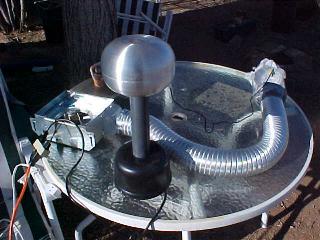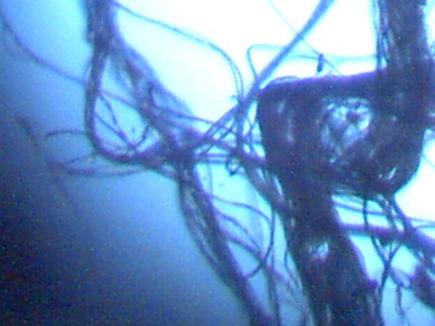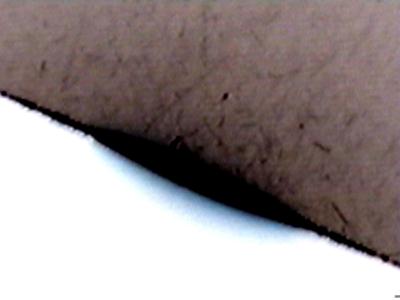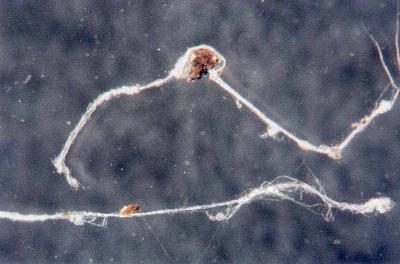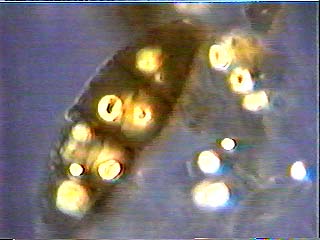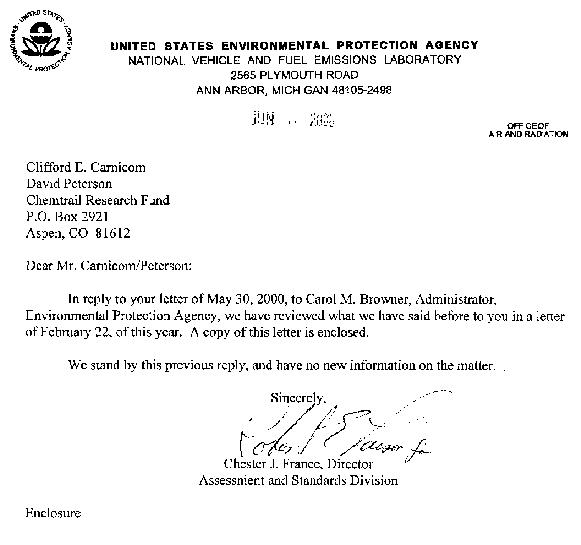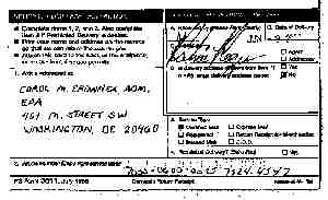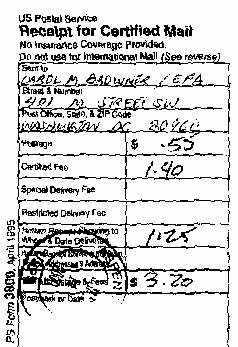
BIOLOGICAL OPERATIONS CONFIRMED
This paper discusses the analysis of three atmospheric samples all containing biological components conducted in Santa Fe, New Mexico in 2001. Biological components as an aspect of the aerosol operations up to this time have been considered as being of a limited nature, with their significance and relevance to overall agendas remaining unknown. The findings in this paper drastically alter that interpretation, and biological components must now be considered as a major and dominant consideration within the aerosol operations.
The methods of electrostatic precipitation outlined in this paper are now available for all researchers, professionals and activists across the nation to employ. The need to further conduct these tests and to perform the qualifying research is now paramount to the welfare of all citizens.

